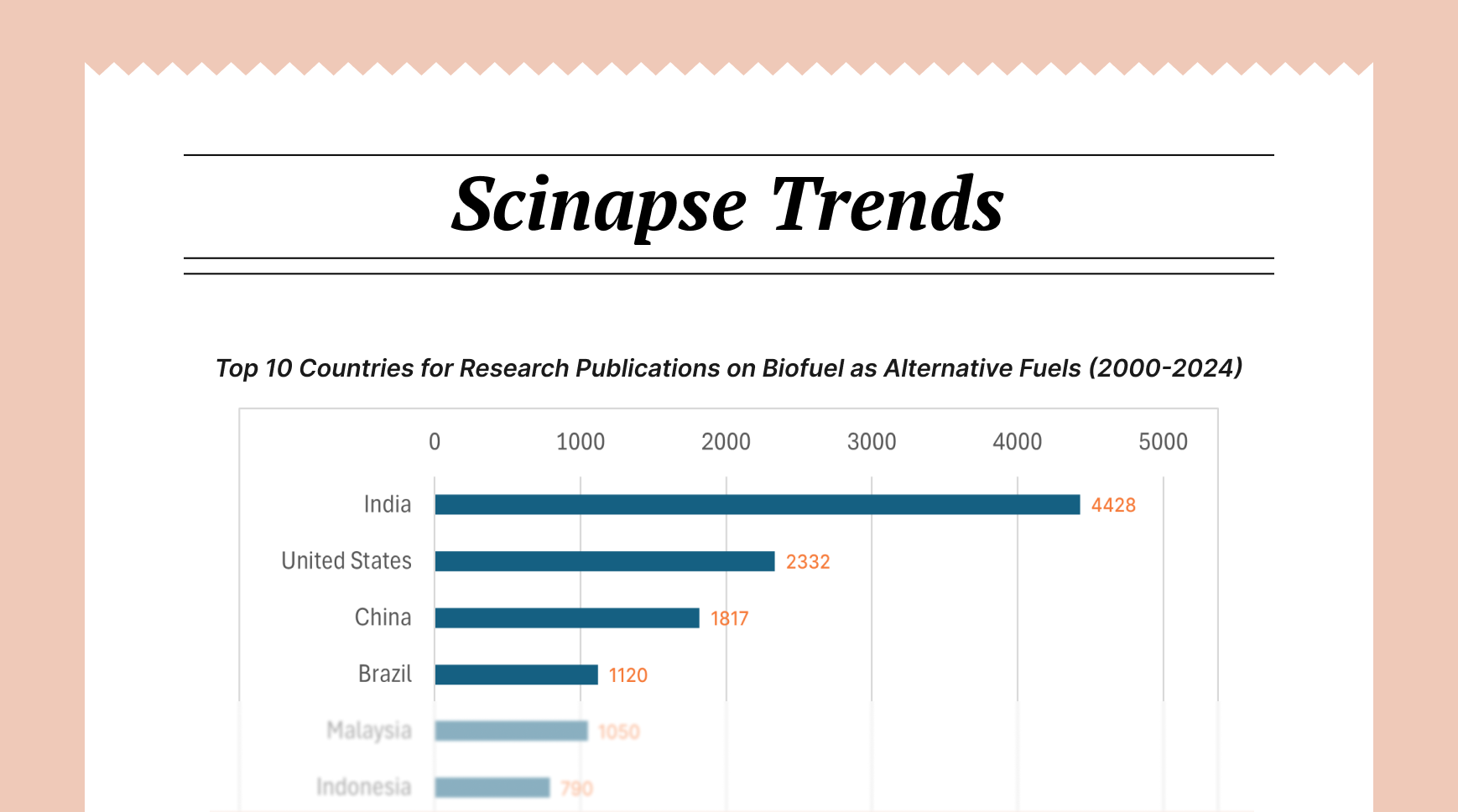What Is Literature Review? Its Importance in Scholarly Research

Literature reviews connect past knowledge with emerging inquiries as critical navigational tools. Far more than mere bibliographic exercises, these scholarly syntheses form the intellectual foundation upon which new research builds, simultaneously contextualizing individual studies within broader disciplinary conversations while identifying conceptual gaps that warrant further investigation. This article examines the fundamental nature, diverse functions, and evolving methodologies of literature reviews in contemporary scholarly communication.

What Is Literature Review?
A literature review constitutes a systematic examination, critical evaluation, and thoughtful synthesis of existing scholarship on a particular research topic or question. Unlike annotated bibliographies that summarize individual sources sequentially, literature reviews create coherent narratives about the state of knowledge, identifying patterns, contradictions, and developmental trajectories across multiple works.
This synthetic approach distinguishes literature reviews from other forms of scholarly writing—they speak not merely about individual texts but about the collective conversation these texts create.
Core Functions in Scholarly Communication
Literature reviews perform several essential functions within the broader ecosystem of scholarly communication:
Contextualizing Research
Perhaps the most fundamental function of literature reviews lies in situating new research within established knowledge frameworks. By mapping intellectual territories and identifying relevant theoretical traditions, literature reviews help researchers position their work concerning existing scholarship. This contextualizing function proves particularly crucial in interdisciplinary work, where researchers must navigate multiple scholarly conversations simultaneously.
Without this contextual foundation, research risks unnecessary duplication, conceptual isolation, or disconnection from relevant theoretical frameworks—limitations that undermine both the quality and impact of scholarly contributions.
Establishing Methodological Lineages
Literature reviews also serve critical methodological functions, documenting how research approaches have evolved within particular domains. By examining methodological trends, innovations, and limitations across previous studies, reviewers can identify both established best practices and emerging techniques that might strengthen their own research designs.
This methodological mapping enables researchers to build upon procedural innovations developed by others while avoiding previously documented limitations.
Identifying Conceptual Gaps
Perhaps most importantly for research development, literature reviews identify theoretical gaps, empirical inconsistencies, and unanswered questions that merit further investigation. By synthesizing existing knowledge, reviewers can recognize patterns of understanding and limitation across multiple studies, identifying promising directions for subsequent inquiry.
This gap-identification function transforms literature reviews from backward-looking summaries into forward-looking research agendas. This generative capacity distinguishes substantive literature reviews from superficial literature surveys, enabling them to advance disciplinary conversations rather than merely recounting them.
Integration in Scholarly Documents
Literature reviews appear in various scholarly contexts, adapting their scope and structure according to rhetorical purpose and document type:
Dissertation and Thesis Reviews
In doctoral dissertations and master's theses, literature reviews typically comprise substantial standalone chapters that demonstrate the author's comprehensive understanding of relevant scholarship. These extended reviews establish the conceptual foundation for subsequent investigation while demonstrating the author's scholarly competence and disciplinary orientation.
Beyond their evaluative function in graduate education, dissertation literature reviews often represent students' first substantial contribution to disciplinary conversations.
Journal Article Reviews
Within research articles, literature reviews typically appear as focused introductory sections that establish the scholarly context for the specific investigation being reported. These condensed reviews selectively engage with scholarship most directly relevant to the study's research questions, methods, or theoretical framework, creating efficiency through strategic selection rather than comprehensive coverage.
Despite their brevity, these embedded reviews perform crucial rhetorical functions, establishing research gaps that the article addresses while positioning the study within recognizable scholarly conversations.
Standalone Review Articles
In many disciplines, standalone review articles synthesize scholarship on particular topics, offering comprehensive overviews that inform both specialists and newcomers. These dedicated reviews—whether narrative, systematic, or meta-analytic—consolidate knowledge across multiple primary studies, creating accessible entry points into complex research domains.
Through their integrative function, standalone reviews significantly influence citation patterns and research trajectories, often becoming more widely cited than the primary research they synthesize. This amplification effect positions review articles as powerful knowledge brokers within disciplinary communities, shaping which studies receive attention and how findings are interpreted across research networks.
Evolving Methodological Approaches
While literature reviews share common purposes across disciplines, their methodological approaches have diversified considerably, reflecting broader epistemological developments in academic research:
Traditional Narrative Reviews
Narrative reviews represent the classical approach to literature synthesis, employing interpretive methods that grant reviewers considerable latitude in source selection, analytical strategies, and organizational frameworks. These reviews leverage the reviewer's disciplinary expertise to identify significant works and construct coherent narratives about knowledge development, prioritizing conceptual integration over procedural standardization.
While offering valuable interpretive depth, narrative reviews face increasing scrutiny regarding selection transparency and replicability. Without explicit methodological documentation, readers cannot fully evaluate the comprehensiveness of search strategies or criteria for source inclusion, potentially limiting confidence in review conclusions in research contexts that prioritize procedural accountability.
Systematic and Meta-Analytic Approaches
In response to these limitations, systematic review methodologies have emerged that emphasize procedural transparency and comprehensive coverage. These approaches follow explicit protocols governing all aspects of the review process, from question formulation and search strategies to inclusion criteria and quality assessment, creating auditable trails that enhance credibility and replicability.
Meta-analytic techniques extend these systematic approaches by statistically combining quantitative findings across multiple studies, enabling more precise effect estimation than possible through qualitative synthesis alone. While originally developed in healthcare research, these structured approaches have spread across disciplines, reflecting broader concerns about methodological rigor in literature synthesis.
Scoping and Integrative Reviews
More recently, scoping reviews have emerged as approaches focused on mapping research landscapes rather than answering narrowly defined questions. These reviews characterize the extent, range, and nature of research activity within particular domains, identifying patterns in research focus, methodology, and conceptual approaches that orient researchers within complex or emerging fields.
Similarly, integrative reviews aim to bridge methodological divides by synthesizing diverse evidence forms, incorporating insights from quantitative, qualitative, and theoretical research traditions. This inclusive orientation allows integrative reviews to address complex questions that span multiple methodological traditions, potentially yielding a more comprehensive understanding than approaches limited to particular evidence types.
Conclusion
Literature reviews constitute far more than preliminary research steps or bibliographic formalities—they represent sophisticated scholarly contributions that shape how disciplinary knowledge develops and circulates.
As scholarly communication continues evolving toward greater methodological diversity and interdisciplinary engagement, literature review approaches will likely continue diversifying to accommodate different epistemological traditions and research purposes. What remains constant, however, is their essential function as connective tissue in the body of scholarly knowledge—creating crucial links between past understanding and future inquiry that enable cumulative knowledge development across research communities.
Author: Uttkarsha B
- AI-Ethicist and STM Research & Publishing Expert
Never re-search again.
Scinapse is made by researchers for researchers.
Join the next generation of research at ⏯️ https://scinapse.io/
Pluto Labs
Pluto Labs helps researchers focus on their research by improving several inefficiencies in the academic research process. We offer data-driven insights from academic papers, allowing users to easily obtain review-level results for their desired range of papers.
https://pluto.im/





Comments ()